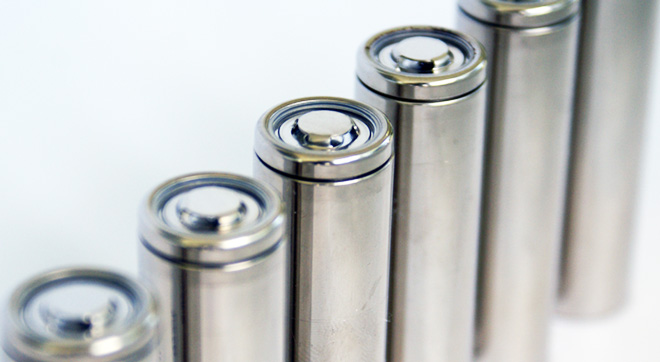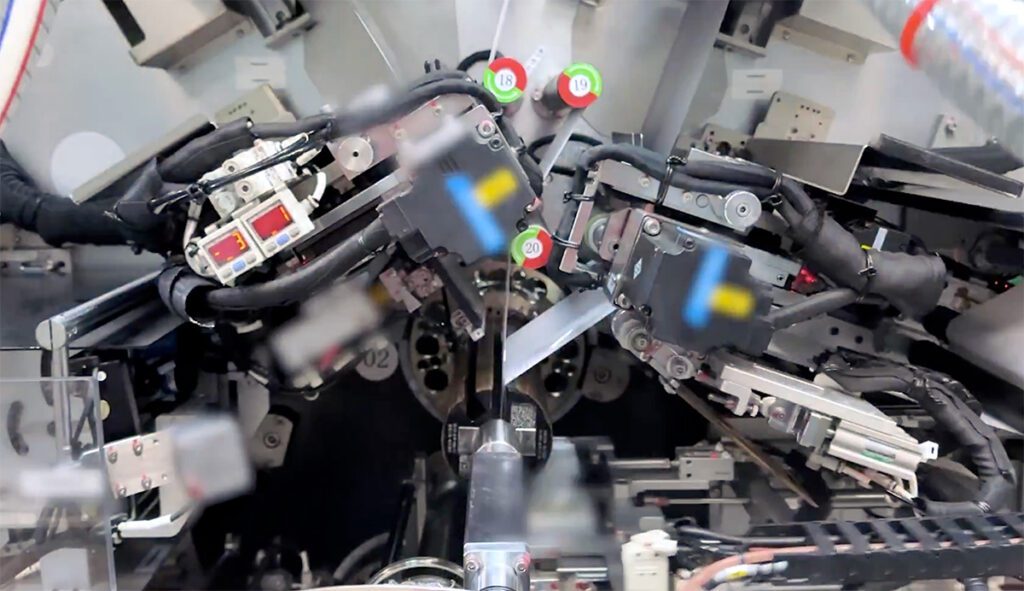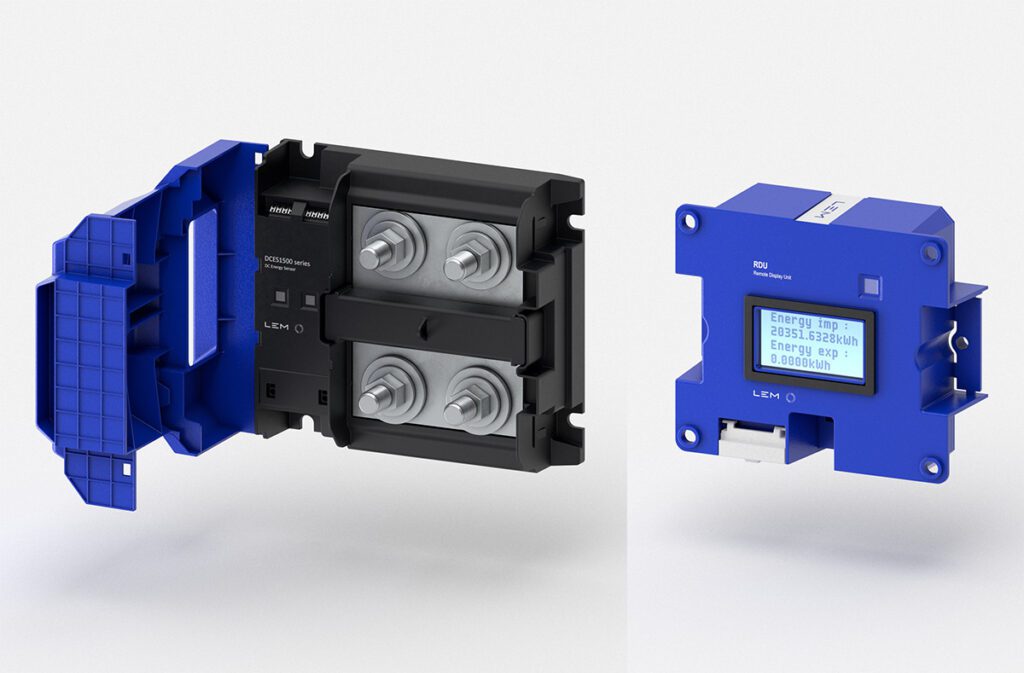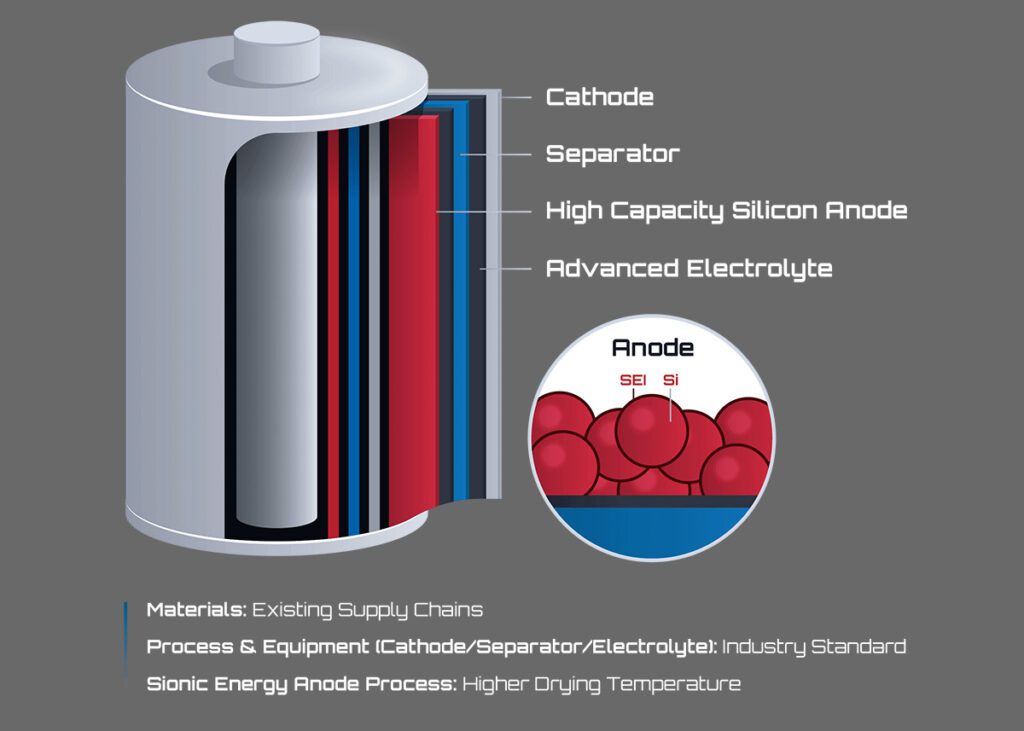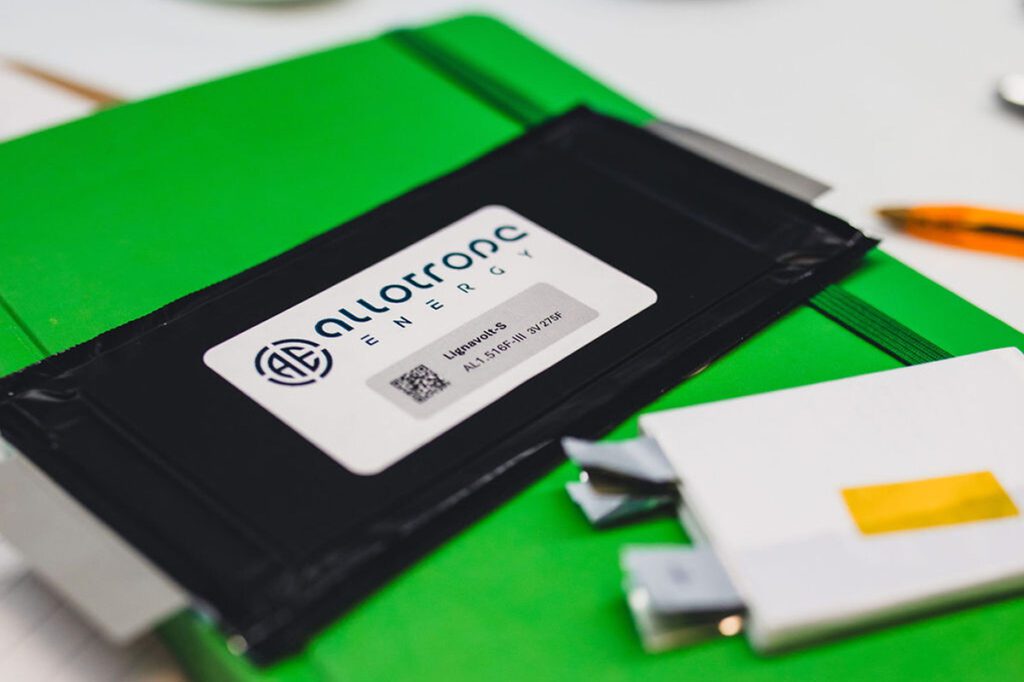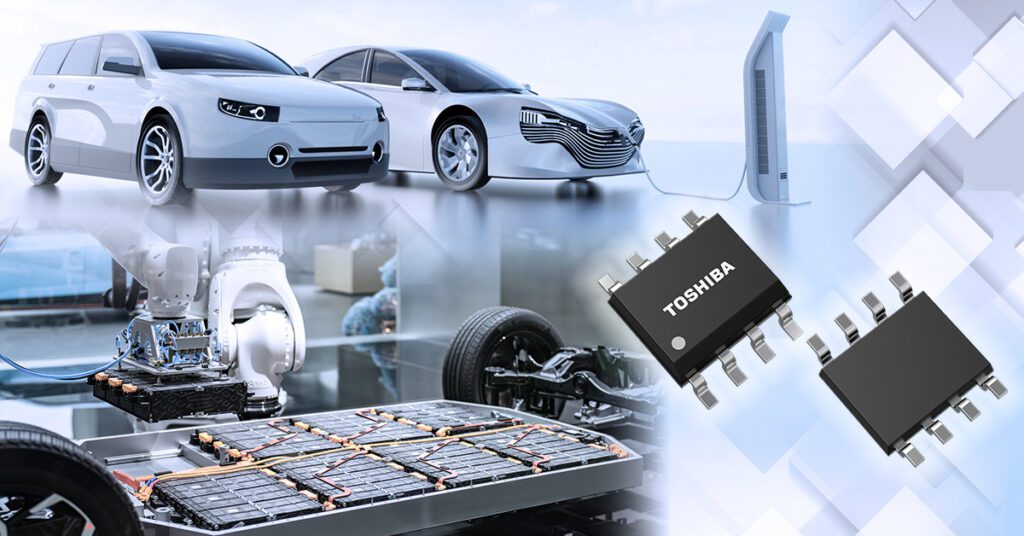Researchers from Empa, the Swiss Federal Laboratories for Materials Science and Technology, and the University of Geneva (UNIGE) have built a prototype solid-state battery based on sodium as an alternative to lithium. The scientists described their research in the journal Energy and Environmental Science.
Using metallic lithium as an anode material would theoretically increase energy density, but lithium anodes are plagued by dendrites – microscopic stalagmites that can induce short circuits and cause fire – so current batteries tend to use graphite anodes. The Empa and UNIGE researchers’ battery uses a solid instead of a liquid electrolyte, which blocks the formation of dendrites and enables the use of a metal anode.
“We still had to find a suitable solid ionic conductor that, as well as being non-toxic, was chemically and thermally stable, and that would allow the sodium to move easily between the anode and the cathode,” explains UNIGE Professor Hans Hagemann. The researchers discovered that a boron-based substance, a closo-borane, enabled the sodium ions to circulate freely. Furthermore, because the closo-borane is an inorganic conductor, it removes the risk of the battery catching fire while recharging.
“The difficulty was establishing close contact between the battery’s three layers: the anode, consisting of solid metallic sodium; the cathode, a mixed sodium chromium oxide; and the electrolyte, the closo-borane,” states Empa researcher Léo Duchêne. The researchers dissolved part of the battery electrolyte in a solvent before adding the sodium chromium oxide powder. Once the solvent had evaporated, they stacked the cathode powder composite with the electrolyte and anode, compressing the various layers to form the battery.
The team then tested the battery. “The electro-chemical stability of the electrolyte we are using here can withstand three volts, whereas many solid electrolytes previously studied are damaged at the same voltage,” says Empa researcher and project leader Arndt Remhof. The scientists also tested the battery over 250 charge and discharge cycles, after which 85% of the energy capacity was still functional. “But it needs 1,200 cycles before the battery can be put on the market,” say the researchers. “In addition, we still have to test the battery at room temperature so we can confirm whether or not dendrites form, while increasing the voltage even more. Our experiments are still ongoing.”
Source: Empa







